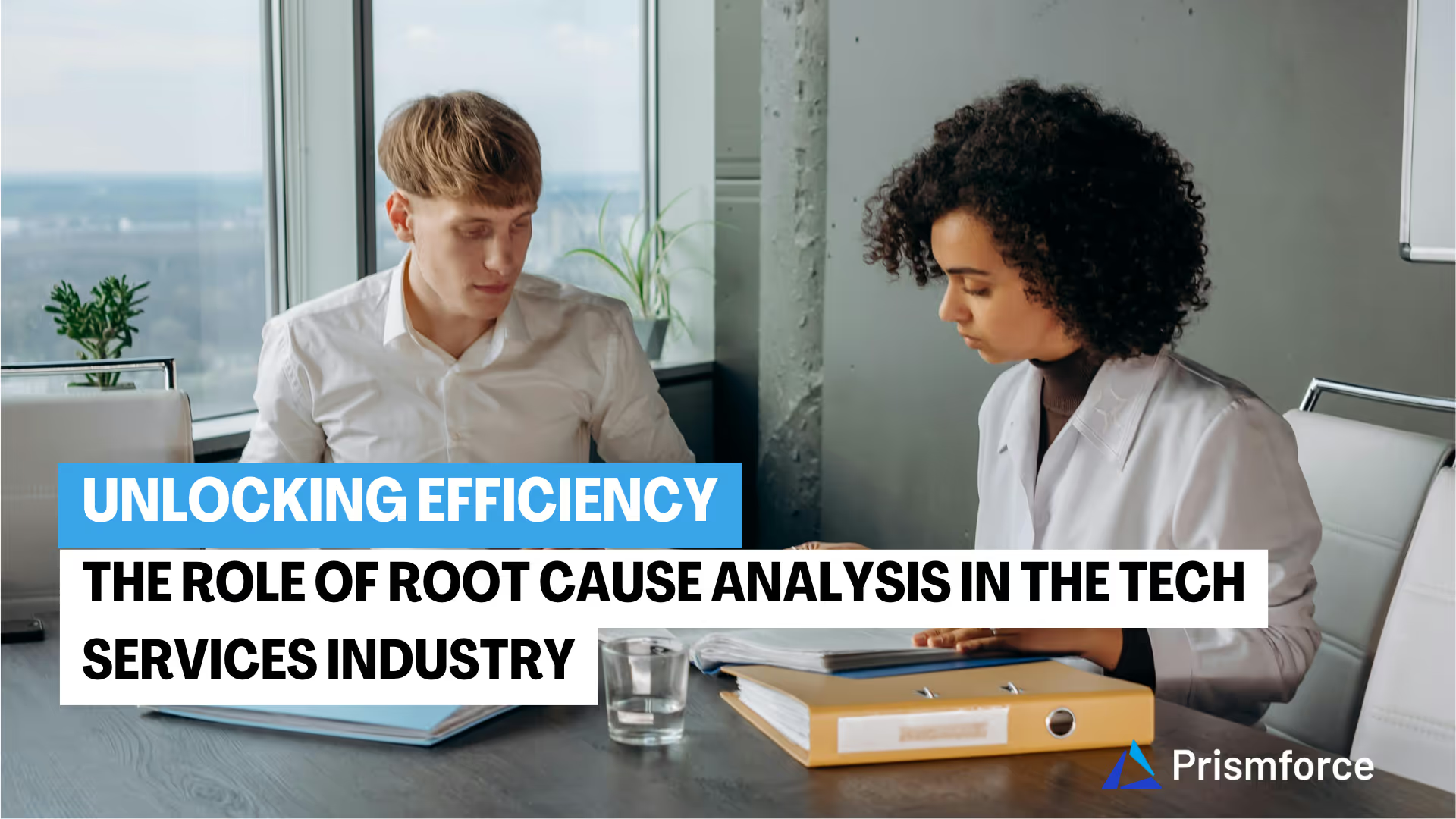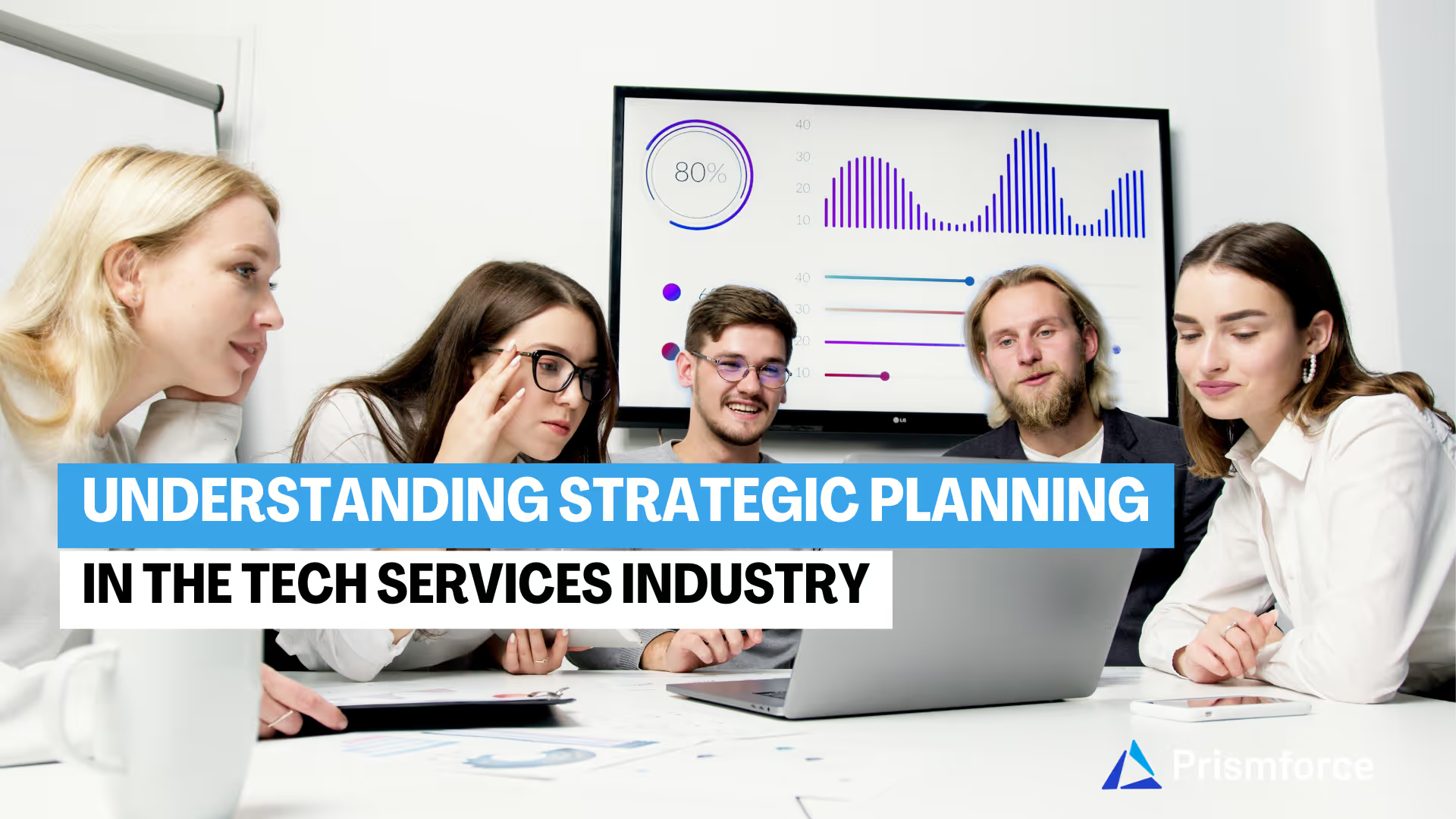.avif)
Smart talent management decisions shape organizational success in today's dynamic business environment. Market leaders recognize talent initiatives as strategic assets that yield measurable returns through enhanced financial performance, workforce efficiency, and organizational excellence.
Talent acquisition metrics tell powerful stories about business performance. Strategic organizations track vital indicators - cost-per-hire calculations, retention analytics, and productivity measurements - to validate their talent investments. These data points reveal clear correlations between effective talent management and bottom-line results. Our expert analysis examines talent supply chain evolution, sourcing optimization frameworks, and next-generation ROI systems poised to define talent strategy success through 2025.
The Evolution of Talent Supply Chain Analytics
HR metrics showcase remarkable advancement patterns beyond traditional measurement models. Market data reveals a significant gap - while 78% of organizations gather candidate information, merely 23% harness this data for predictive modeling.
From Traditional Metrics to Predictive Models
Predictive analytics signals a decisive shift in talent management methodology. These sophisticated tools enable precise forecasting of recruitment challenges and retention opportunities. Organizations equipped with workforce analytics demonstrate superior talent planning capabilities and heightened HR operational excellence.
Impact of AI and Machine Learning
AI and machine learning stand central to modern talent analytics architecture. Statistical evidence shows 72% of professionals already utilize AI in daily operations. Industry projections indicate 67% of organizations expect AI to dominate their 2025 talent acquisition strategy. Advanced analytical systems excel at skill mapping, gap identification, and candidate success prediction with remarkable precision.
2025 Technology Integration Forecast
Strategic organizations position themselves for sophisticated technology adoption in talent analytics. Notable market shifts place 'AI and big data' capabilities among top-three organizational priorities for the next three years, despite current rankings at 15th position in core skills. Key focus areas include:
- Real-time engagement monitoring through talent analytics dashboards
- Strategic workforce planning via predictive modeling
- Enterprise AI Team Composition systems for structural optimization
Technical excellence must balance with human elements - 40% of talent professionals voice valid concerns about AI depersonalizing recruitment processes. Success demands thoughtful integration of technological capabilities with expert human judgment.
Measuring Candidate Sourcing Efficiency
Sophisticated sourcing analytics define recruitment excellence in modern talent acquisition. Expert procurement teams report cost efficiencies between 3 to 8 percent through statistical modeling and advanced analytics compared to conventional approaches.
Advanced Sourcing Analytics Framework
Strategic talent teams deploy channel efficiency metrics to assess candidate pipeline quality. This analytical framework examines qualified candidate ratios across various sourcing channels against aggregate applicant pools. Expert recruitment professionals monitor stage-wise conversion analytics from initial application through final offer acceptance.
Real-time Performance Indicators
Pipeline velocity metrics offer critical insights into recruitment funnel dynamics. Speed indicators reveal both operational efficiency and process consistency across talent acquisition cycles. Expert teams prioritize these performance metrics:
- Channel effectiveness scores
- Candidate engagement analytics
- Application completion measurements
- Outreach response tracking
Cost-per-Quality-Hire Metrics
Cost-per-quality-hire (CPQA) analytics reveal true talent acquisition investments. This sophisticated metric guides strategic resource allocation toward channels yielding optimal candidate quality. Market data shows average hire costs at $4,425, factoring both internal team expenses and external recruitment investments. Executive recruitment commands premium investments, averaging $14,936 per placement.
Advanced analytical systems decode complex recruitment patterns, enabling procurement specialists to identify statistically valid cost and quality drivers. These data-driven insights power strategic decision-making in talent acquisition investments and resource optimization.
Digital Transformation of Talent Pool Optimization
Technical excellence in talent pool management demands sophisticated digital solutions. Market leaders implementing AI-powered systems report significant operational gains: 25% enhanced recruiter productivity alongside 34% acceleration in hiring manager evaluations.
AI-Powered Talent Pool Management
Expert AI algorithms deliver precision-driven talent pool optimization through automated workflow systems and intelligent candidate matching. These technical solutions analyze workforce competencies, skill deficits, and professional trajectories, enabling targeted development initiatives. Statistical evidence shows AI-enabled talent platforms drive 40% growth in internal mobility rates.
Predictive Talent Demand Modeling
Market intelligence through predictive modeling reveals future talent requirement patterns. Expert analysis of 924 global organizations indicates 83% show minimal maturity in people analytics adoption. Strategic organizations excel through data-driven methodologies:
- Talent deficit identification
- Skills evolution tracking
- Demand forecasting analytics
- Market availability assessment
Global Talent Pool Analytics
Global talent operations present complex strategic considerations. Digital acceleration demands region-specific approaches balanced with cultural intelligence. Expert talent leaders address multiple operational dimensions:
- Cross-border employment regulations
- Work culture variations
- Geographic coordination challenges
- Remote workforce dynamics
Strategic partnerships with regional specialists coupled with advanced collaboration platforms drive operational excellence. Organizations demonstrating cultural adaptability and operational flexibility emerge as preferred destinations for global talent.
Future-Ready Talent Supply Chain ROI Measurement Systems
Strategic organizations redefine talent supply chain management success metrics through advanced ROI measurement systems. McKinsey analysis demonstrates triple financial returns for organizations deploying AI-enhanced KPIs versus traditional approaches.
Next-Generation KPIs
AI-powered performance indicators emerge as decisive competitive differentiators. Market data reveals 60% of leadership teams recognize KPI enhancement needs, while merely 34% harness AI capabilities for metric development. These sophisticated systems deliver strategic advantages:
- Performance analytics precision
- Outcome prediction accuracy
- Strategic decision intelligence
Automated ROI Tracking Tools
Advanced analytics architecture reshapes talent supply chain ROI measurement methodology. Market leaders invest substantial resources in algorithmic excellence to develop adaptive performance measurement systems.
Statistical evidence demonstrates significant performance variations between industry leaders and standard operators. Technical sophistication in predictive analytics correlates directly with accelerated market response and enhanced talent supply chain return on investment metrics.
Blockchain in Talent Analytics
Blockchain architecture presents sophisticated solutions for talent verification challenges. This technical framework addresses talent supply chain complexities through distributed consensus systems. Expert implementations focus on key capabilities:
Blockchain enables direct identity verification protocols. Advanced cryptographic systems eliminate credential misrepresentation. Secure data architecture protects sensitive talent information.
Strategic forecasts through 2025 position blockchain as central to HR system integration, connecting VMS, ATS, and HRIS platforms. This technical advancement empowers candidates with data sovereignty while providing employers authenticated talent insights.
Conclusion
As we've explored, optimizing this critical function directly impacts your bottom line, delivering a significant return on investment. Prismforce empowers you to build precisely such a system. By streamlining your talent acquisition, improving workforce planning, and enhancing talent mobility, Prismforce helps you secure the right people, with the right skills, at the right time. This translates to reduced hiring costs, faster time-to-fill, improved employee retention, and increased productivity. Don't let talent bottlenecks hinder your growth. Ready to unlock the full potential of your talent supply chain and experience a tangible ROI? Contact us today for a personalized consultation and discover how Prismforce can transform your talent strategy into a powerful engine for success.
FAQs
Q1. How does AI impact talent supply chain analytics?
AI significantly enhances talent analytics by enabling predictive modeling, improving candidate matching, and increasing recruiter efficiency. Organizations using AI-driven talent platforms report a 40% increase in internal application rates and experience faster hiring processes.
Q2. What are the key performance indicators for measuring candidate sourcing efficiency?
Key performance indicators for candidate sourcing efficiency include source channel effectiveness, candidate engagement rates, application completion rates, and response rates from outreach efforts. Additionally, the cost-per-quality-hire (CPQA) metric helps organizations focus on channels that attract high-quality candidates at optimal costs.
Q3. How is blockchain technology transforming talent analytics?
Blockchain technology is revolutionizing talent analytics by enabling trustworthy verification of candidates' identities, eliminating resume fraud through immutable records, and providing secure storage of employee data. It facilitates seamless connection between various HR platforms, allowing for more informed hiring decisions based on verified information.
Q4. What are the benefits of implementing AI-enhanced KPIs in talent management?
Organizations using AI-enhanced KPIs are three times more likely to see greater financial benefits compared to those that don't. These next-generation metrics offer enhanced description of ongoing performance, accurate prediction of future outcomes, and precise recommendations for strategic actions in talent management.
Q5. How can organizations optimize global talent pool management?
To optimize global talent pool management, organizations should develop tailored approaches for different regions while accounting for cultural differences. This involves navigating multiple employment laws, cultural norms affecting work styles, and overcoming time zone and language barriers. Partnering with local experts and implementing tools for seamless collaboration across geographies can help address these challenges.





